Millet is a small but mighty ancient grain cherished for its versatility, sustainability, and impressive health profile. Though it has been cultivated for thousands of years, it’s gaining renewed attention in modern kitchens for its mild, slightly nutty flavor and adaptability in cooking and baking.
What Makes Millet Special
Millet is one of the oldest cultivated grains, dating back thousands of years. Naturally gluten-free, it has long been a staple in many parts of Africa and Asia, valued for its drought resistance and rapid growth—qualities that make it a sustainable choice for farmers worldwide.
The small, round grains can range from golden yellow to white, red, or gray. Beyond its appearance, millet is a nutritional powerhouse that’s easy to digest and an excellent option for those avoiding gluten. There are several varieties, each with unique characteristics:
- Pearl Millet – The most widely grown, with a mild flavor and pale yellow color
- Foxtail Millet – Golden in color, slightly sweet, and high in protein
- Finger Millet (Ragi) – Deep reddish-brown and rich in calcium and antioxidants
- Proso Millet – Light and mild, great for baking and blending into flour mixes
- Little Millet – Small-grained, with a subtle nutty flavor and quick cooking time
- Barnyard Millet – Soft, mild, and low in calories, making it popular for light dishes
Health Benefits That Matter
Millet offers a wealth of nutritional benefits, making it more than just a versatile ingredient:
Gluten-Free – Safe for those with gluten intolerance or celiac disease
Rich in Nutrients – High in fiber, protein, magnesium, phosphorus, and iron
Good for Digestion – Prebiotic fiber supports gut health and prevents constipation
Heart Healthy – Magnesium and fiber help reduce cholesterol and support healthy blood pressure
Blood Sugar Control – Low glycemic index makes it suitable for diabetics
Weight Management – High fiber and protein promote fullness and reduce cravings
Rich in Antioxidants – Polyphenols and phytochemicals help combat oxidative stress
Using Millet Flour
Millet shines when milled into flour. It’s a valuable ingredient in gluten-free baking, offering a warm, slightly sweet flavor and nutritional boost. While it can be used alone, most bakers blend it with other gluten-free flours like tapioca or potato starch for improved texture and structure.
Best in Blends – Creates softer, less crumbly baked goods
Flavor Profile – Slightly nutty, toasty, and buttery
Small Additions – Add a few tablespoons to pancakes, muffins, or cookies for extra flavor and nutrients
Specialty Recipes – Excellent for gluten-free breads, crackers, or quick breads designed with millet flour in mind
Nutrient Boost – Milling fresh millet at home helps preserve its vitamins, minerals, and antioxidants
The Takeaway
What sets millet apart isn’t just its nutrition—it’s the combination of being naturally gluten-free, easy to digest, and incredibly versatile in baking. Its mild, buttery flavor enhances a variety of recipes without overpowering them, while its light texture works beautifully in both sweet and savory creations. Add in its sustainable, drought-tolerant nature, and millet stands out as a grain that’s good for your kitchen and the planet.
Each month we post a grain of the month on our Instagram, follow us to stay in the loop: https://www.instagram.com/p/DHCDSP9SMnl/?utm_source=ig_web_copy_link&igsh=MzRlODBiNWFlZA==
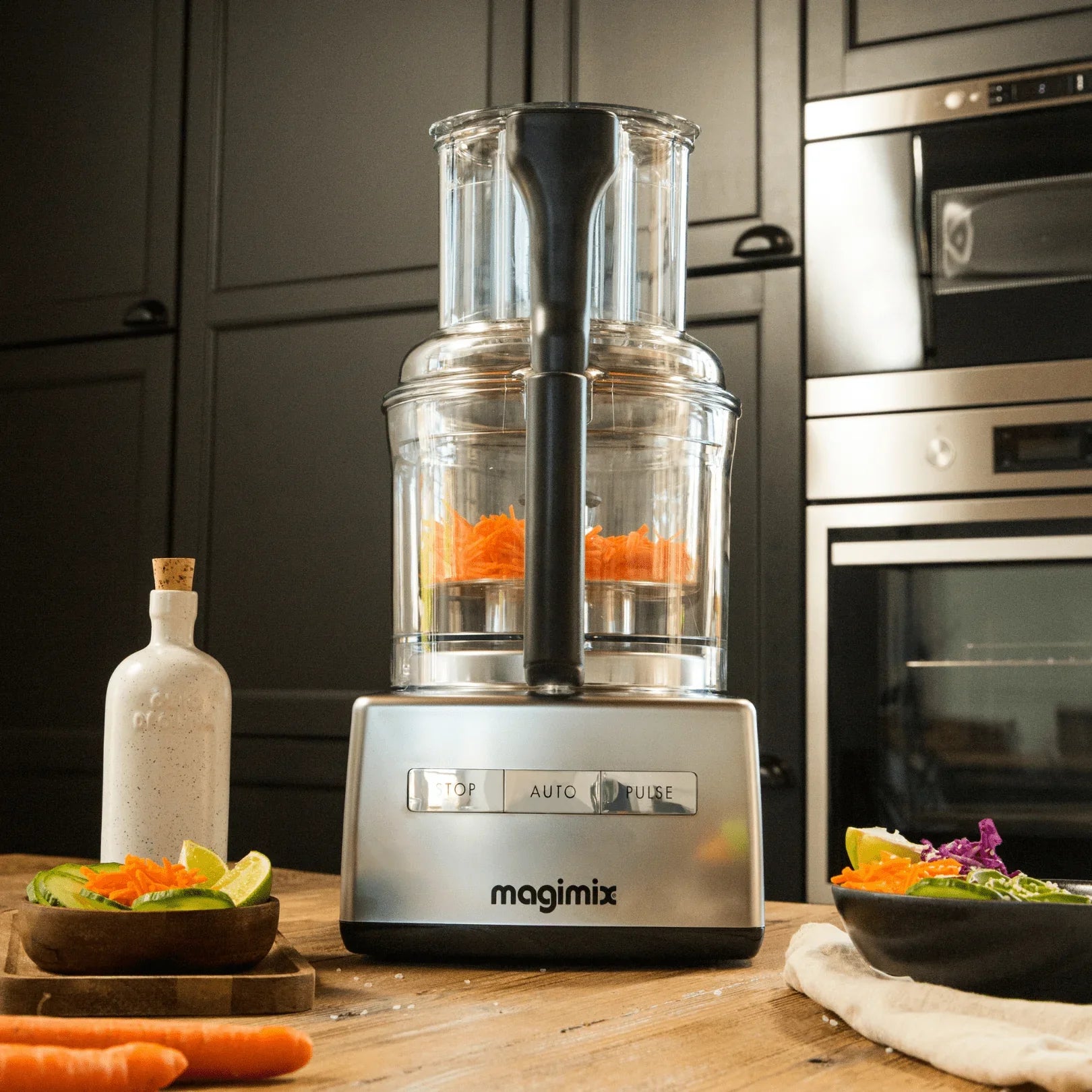
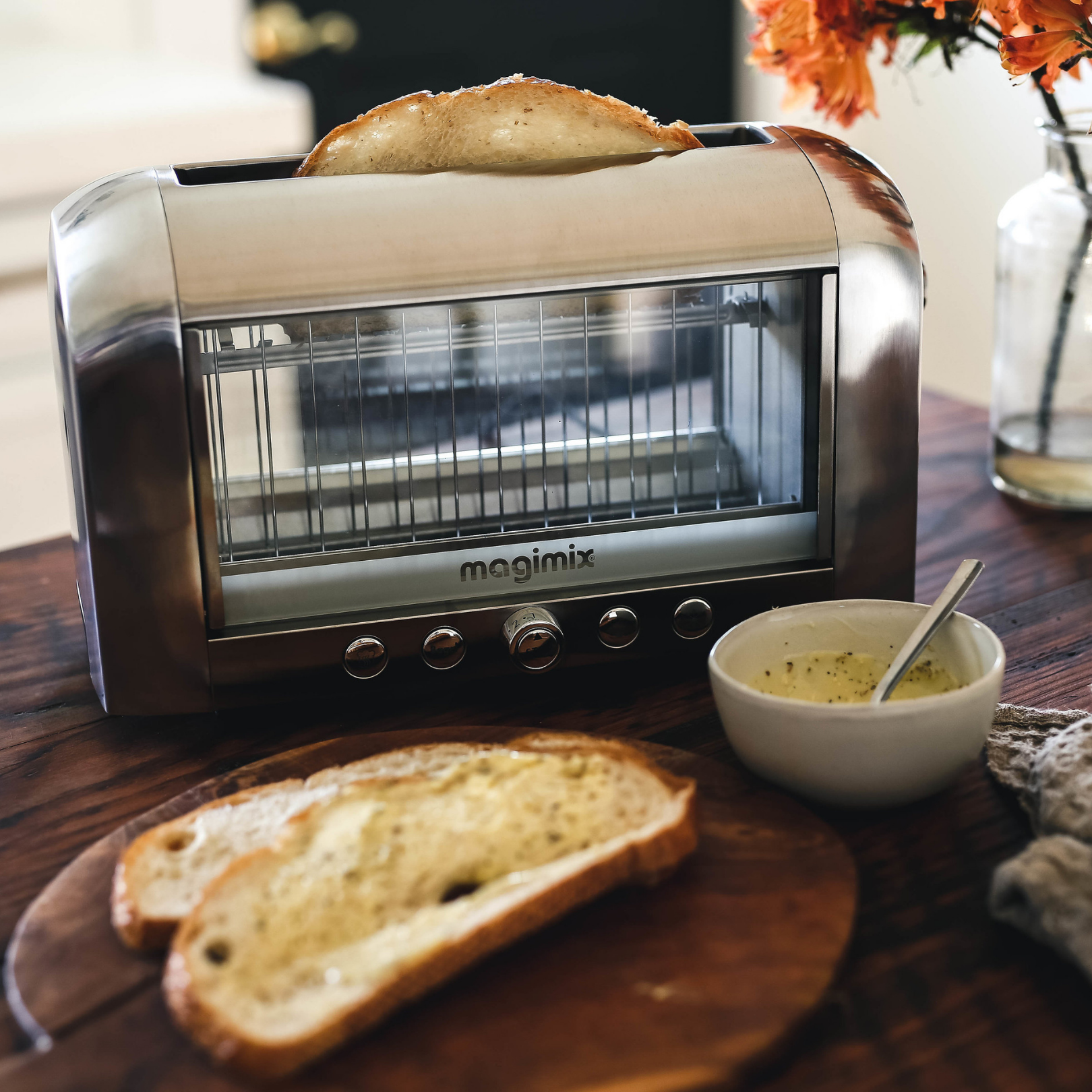
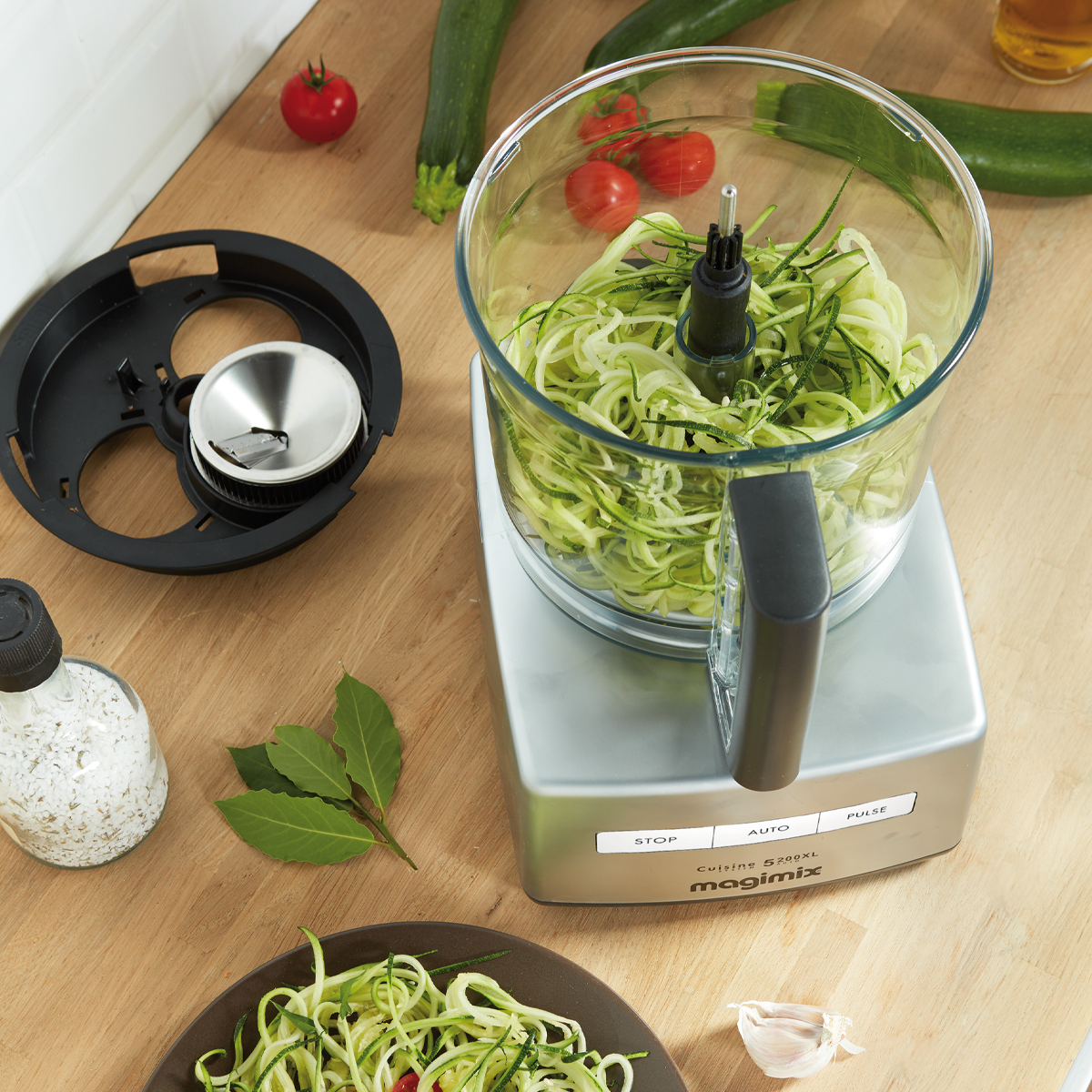
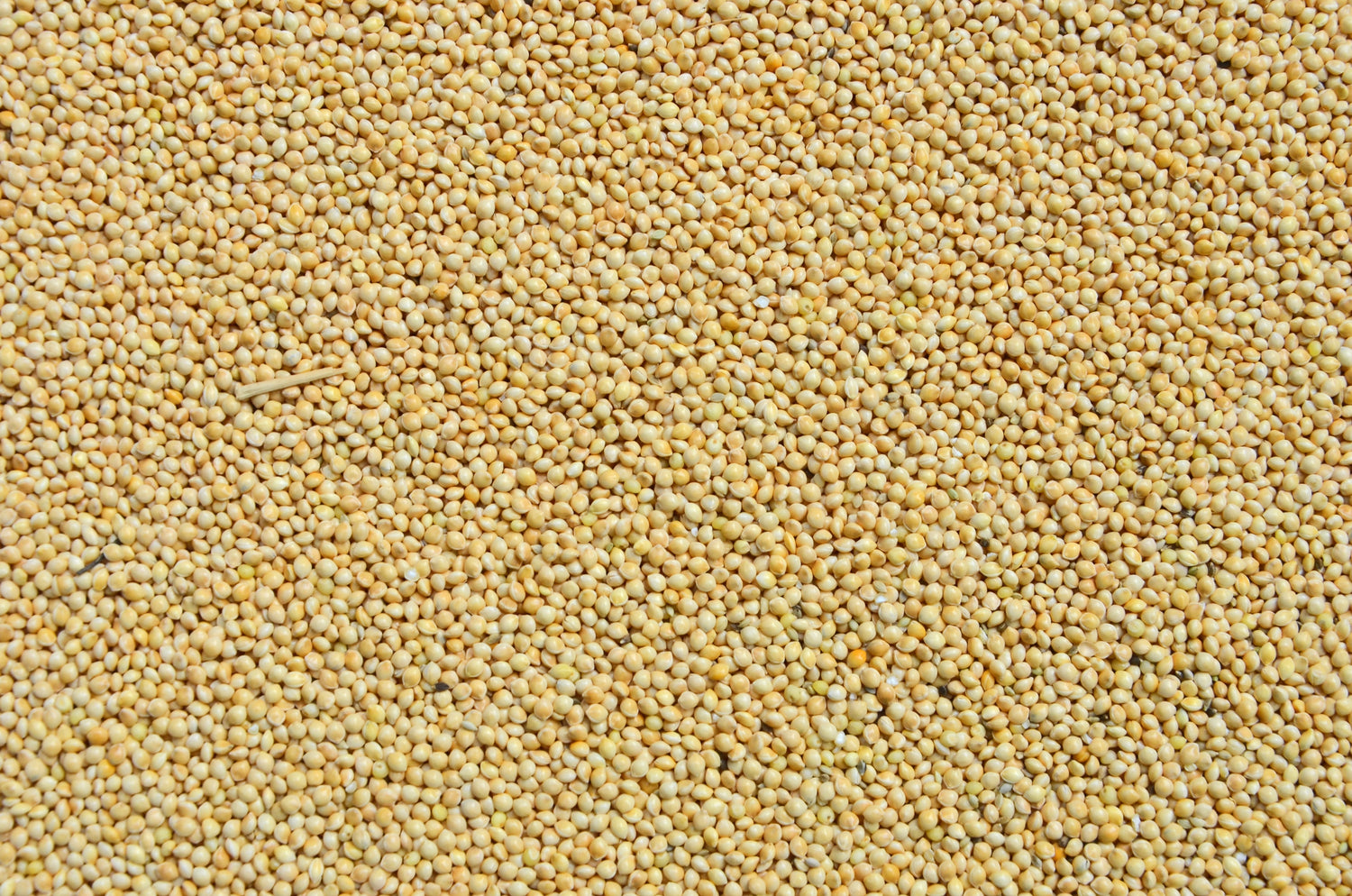
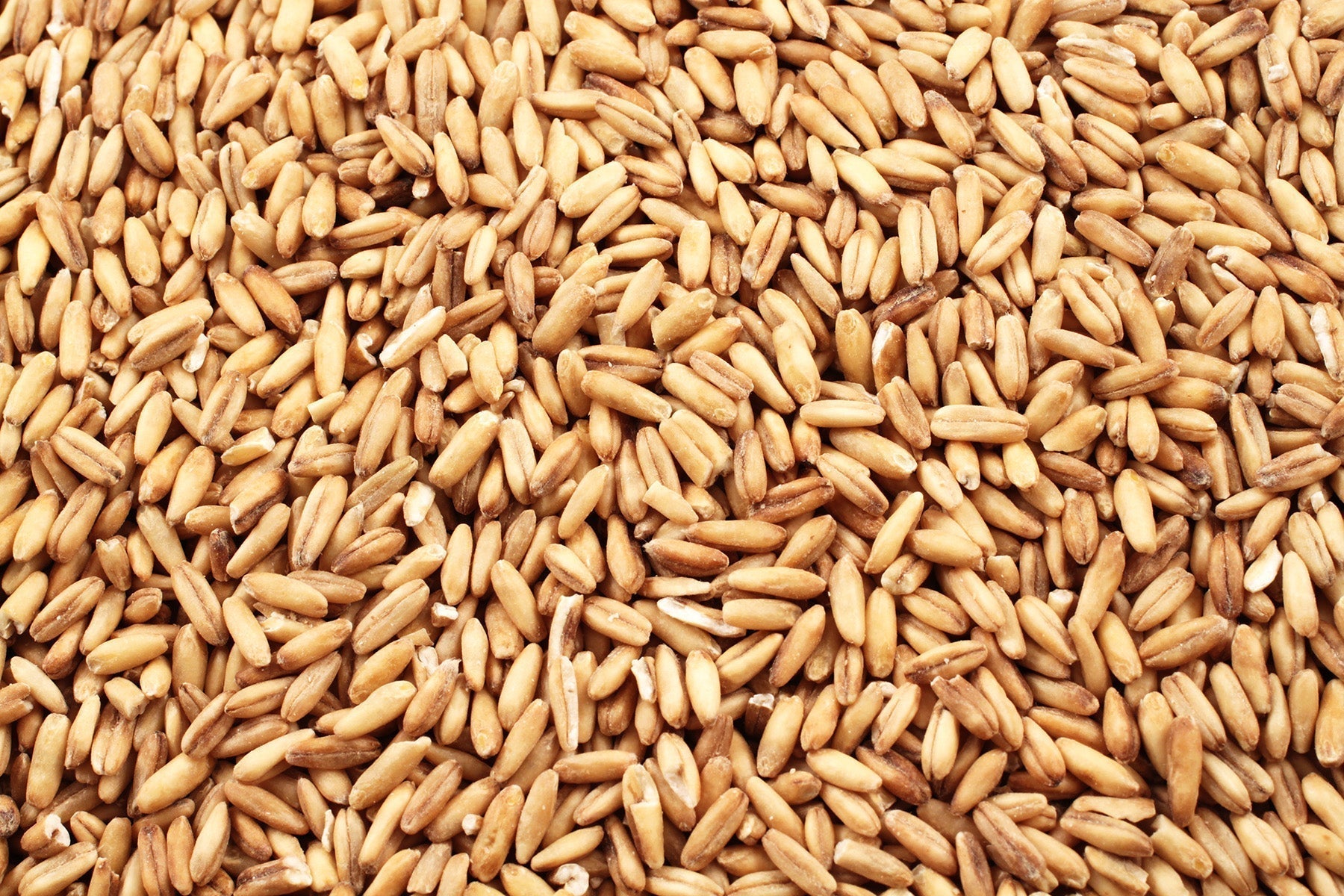
Dejar un comentario
Todos los comentarios se revisan antes de su publicación.
Este sitio está protegido por hCaptcha y se aplican la Política de privacidad de hCaptcha y los Términos del servicio.